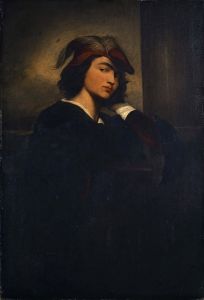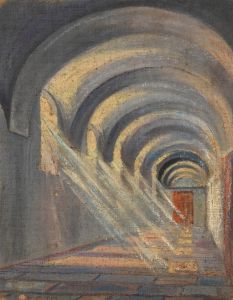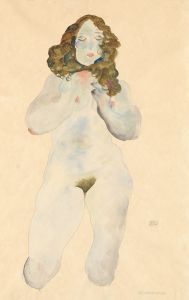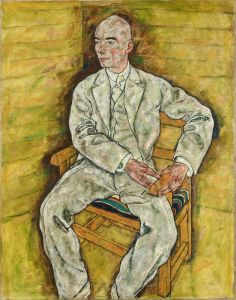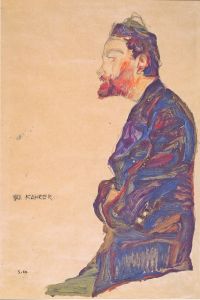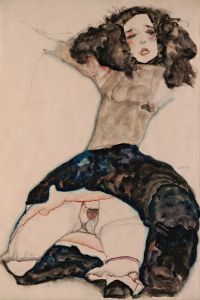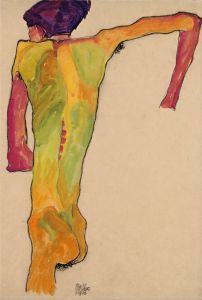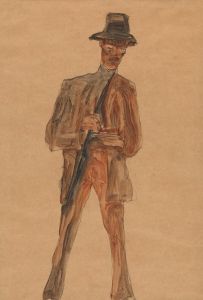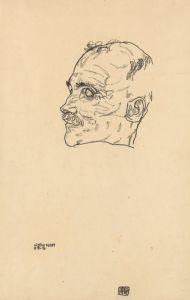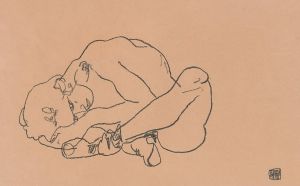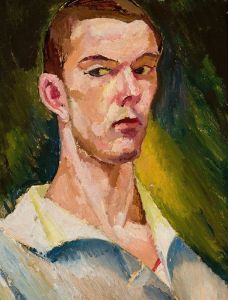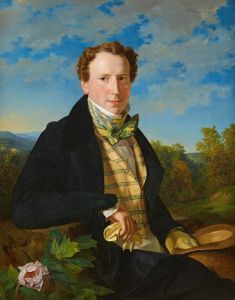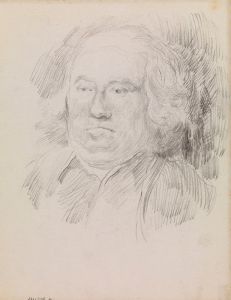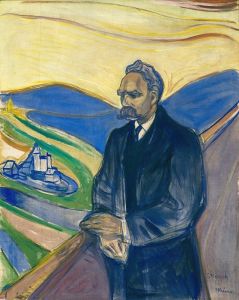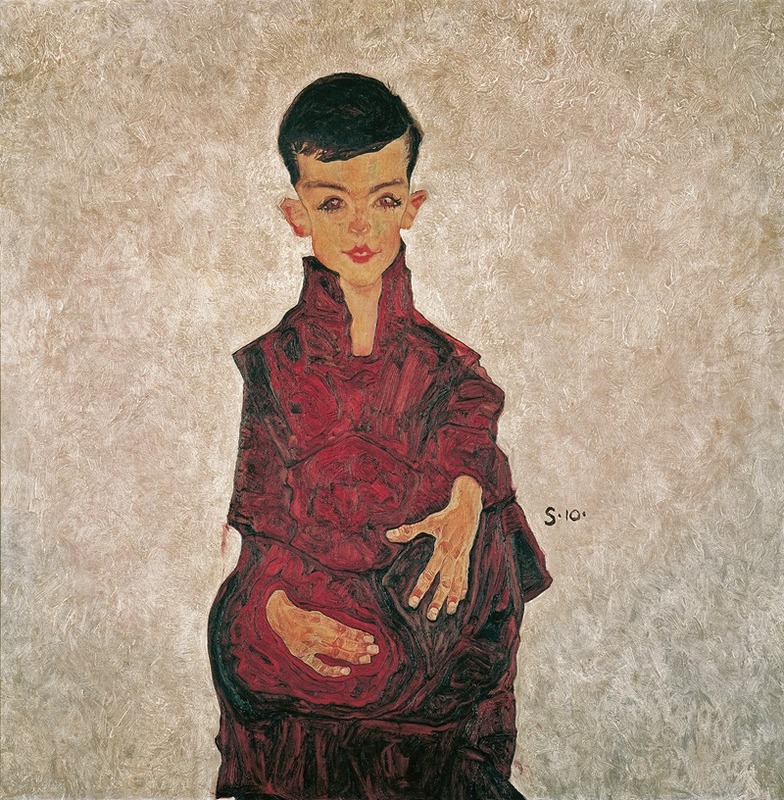
Reinerbub
A hand-painted replica of Egon Schiele’s masterpiece Reinerbub, meticulously crafted by professional artists to capture the true essence of the original. Each piece is created with museum-quality canvas and rare mineral pigments, carefully painted by experienced artists with delicate brushstrokes and rich, layered colors to perfectly recreate the texture of the original artwork. Unlike machine-printed reproductions, this hand-painted version brings the painting to life, infused with the artist’s emotions and skill in every stroke. Whether for personal collection or home decoration, it instantly elevates the artistic atmosphere of any space.
Egon Schiele, an Austrian painter known for his distinctive and often provocative style, created a wide array of artworks during his short but prolific career. Among his works is "Reinerbub," a piece that reflects his unique approach to portraiture and his interest in capturing the human form with raw emotion and intensity.
Egon Schiele was born on June 12, 1890, in Tulln an der Donau, Austria. He showed an early interest in art and went on to study at the Academy of Fine Arts in Vienna. Schiele was heavily influenced by Gustav Klimt, a leading figure of the Vienna Secession movement, and this influence is evident in his early works. However, Schiele quickly developed his own style, characterized by expressive lines, bold colors, and a focus on the psychological depth of his subjects.
"Reinerbub" is one of Schiele's lesser-known works, and like many of his portraits, it captures the essence of the subject with a striking immediacy. Schiele often used his friends, family, and even himself as models, exploring themes of identity, sexuality, and existential angst. His portraits are known for their unflinching honesty and sometimes unsettling intensity, which set them apart from the more decorative and idealized portraits of his contemporaries.
The title "Reinerbub" translates to "Pure Boy" in English, suggesting a focus on youth and innocence. Schiele's portrayal of children and adolescents often delves into the complexities of growing up, capturing both the innocence and the underlying tensions of youth. His approach to depicting children was unconventional for the time, as he did not shy away from portraying them with the same emotional depth and complexity as his adult subjects.
Schiele's technique involved a combination of precise, almost angular lines and a vivid color palette, which he used to convey the emotional state of his subjects. His use of line was particularly distinctive, often outlining figures with a sharpness that emphasized their fragility and vulnerability. This technique can be seen in "Reinerbub," where the subject is rendered with a clarity that brings out both the physical and emotional characteristics of the boy.
Throughout his career, Schiele faced both acclaim and controversy. His candid depictions of the human form, often in the nude, led to accusations of obscenity and even legal troubles. Despite this, he continued to push the boundaries of traditional portraiture, leaving a lasting impact on the art world. His work is now celebrated for its innovative approach and its ability to convey the complexities of the human experience.
Egon Schiele's life was tragically cut short when he died of the Spanish flu on October 31, 1918, at the age of 28. Despite his brief career, he produced a significant body of work that continues to be studied and admired for its emotional depth and technical mastery. "Reinerbub," like many of Schiele's portraits, remains a testament to his ability to capture the essence of his subjects with an intensity that resonates with viewers to this day.





